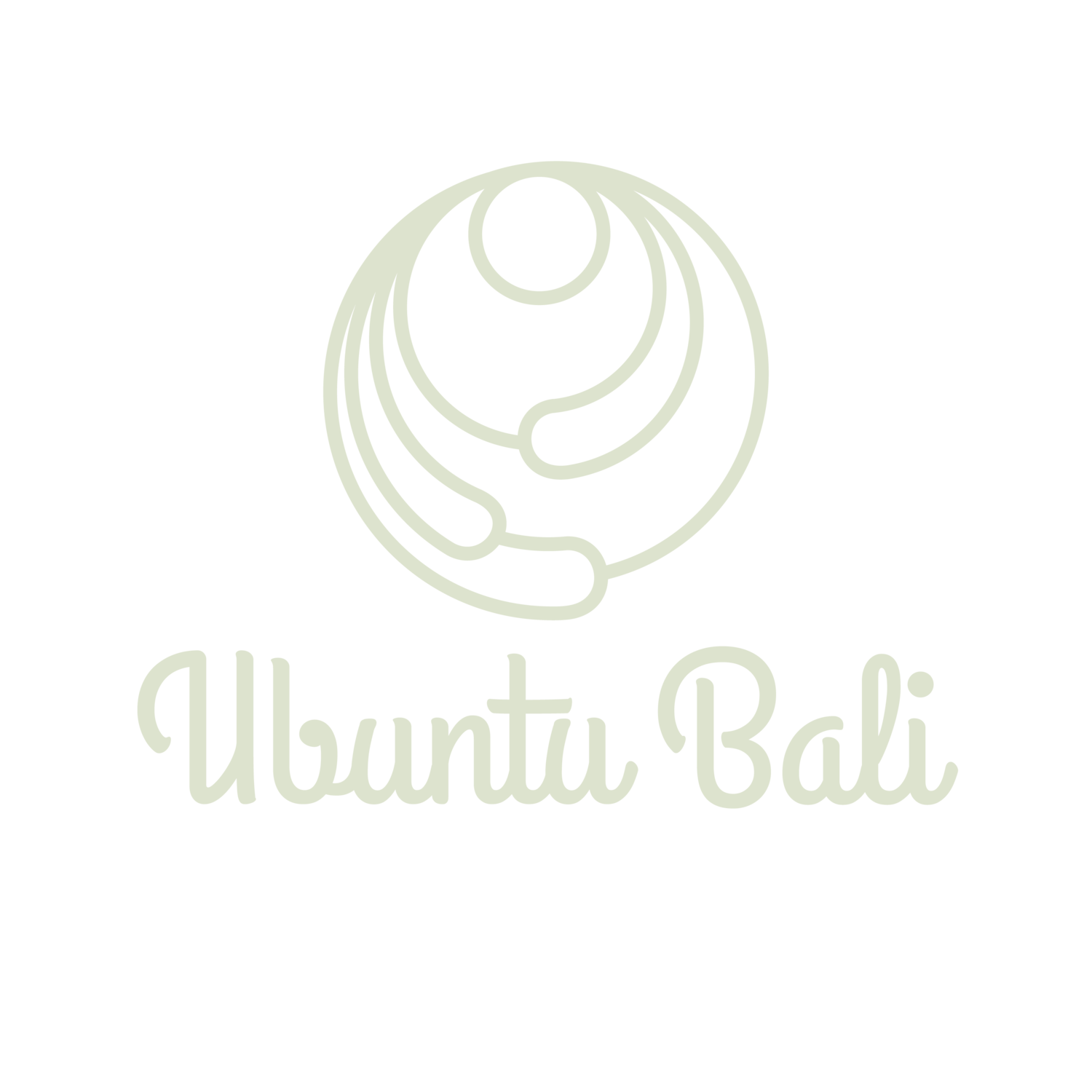Ecstatic Dance: Ecstasy for Body and Mind
Ecstatic dance is a free form of dance with the goal to achieve ecstasy. This is a natural state in which your awareness shifts and you get to experience a meditative and happy state of mind through body movement. Is it the same as a dance party?
What is Ecstatic Dance?
Ecstatic dance is a form of group dance that originated in the rave culture of the 1990s. It's also known as "trance dancing," "body movement," or "dance therapy."
The idea behind ecstatic dance is to allow yourself to explore your own body through spontaneous movement. This feeling of ecstasy is brought on by endorphins released from exercise and increased blood flow to the brain.
Ecstatic dance is a form of dance therapy. It has been used in many different ways over the years and is still being used today by therapists, dancers and artists.
There are many reasons for this, but the main reason is that ecstatic dance can help you to let go of stress and negative emotions in the body so that you can have more energy.
You can also connect with other people through ecstatic dance because it's a way to express yourself through movement.
Is Ecstatic Dance the Same as a Dance Party?
Ecstatic dance is a dance party with a purpose. It is an opportunity for people to connect with each other and the Divine—whether that’s God, nature, another human being or self—in a way that is powerful and transformative.
Each dancer needs to take responsibility for their own experience, which may include crying, laughing or feeling completely comfortable in their body. The music provides a space where all these things can happen freely without judgement from others as well as from yourself.
Ecstatic Dance can be a form of meditation where you focus on moving your body in response to the rhythm of music; using it as an instrument to express yourself physically through movement, rather than just listening passively.
What is Dance Therapy?
Dance therapy is a form of expressive therapy that uses movement to help people express themselves and respond to their emotions.
For some, dance can be an outlet for difficult emotions or experiences. Dance therapy has been used as an instrument for dealing with mental health issues as well as physical ailments, including chronic pain and rehabilitation following surgery or trauma.
In expressive therapies, the therapist helps clients identify what they want from therapy and how they want to achieve this goal through their actions in the session.
The therapist then guides them through the process of achieving this goal but does not tell them what those actions should be.
One way that dance therapists work with clients is by using improvisation techniques such as mirroring (wherein you mirror your client’s action) or role reversal (wherein you perform an action opposite from your client).
Other ways include using visualisations related to dance; counting movements or using music in a dance session.
Benefits of Ecstatic Dance
Emotional Benefits: Ecstatic Dance helps tap into your emotions and move them through the body in a way that is conscious and intentional. It allows for an exploration of self-expression that can be cathartic, empowering, and healing when done in a safe environment with others who want to do the same thing.
Physical Benefits: Dancing is known as one of the best forms of exercise out there because it not only works multiple muscle groups at once but also improves coordination between those muscles, which can help prevent injury during other physical activities like running or working out at the gym. Plus, getting up from your desk every hour or so tends to be good for productivity!
Mental Benefits: By moving our bodies without thinking too much about it (or even doing so consciously), we activate different parts of our brains.
Ecstatic dancing is a powerful practice that can help us to find a deeper connection with our bodies and emotions.
It’s also a great way to escape the stress of everyday life by allowing yourself to be fully present in the moment. And when you do, it might just change your life: after all, how many other forms of exercise can give you such an intense emotional high.

